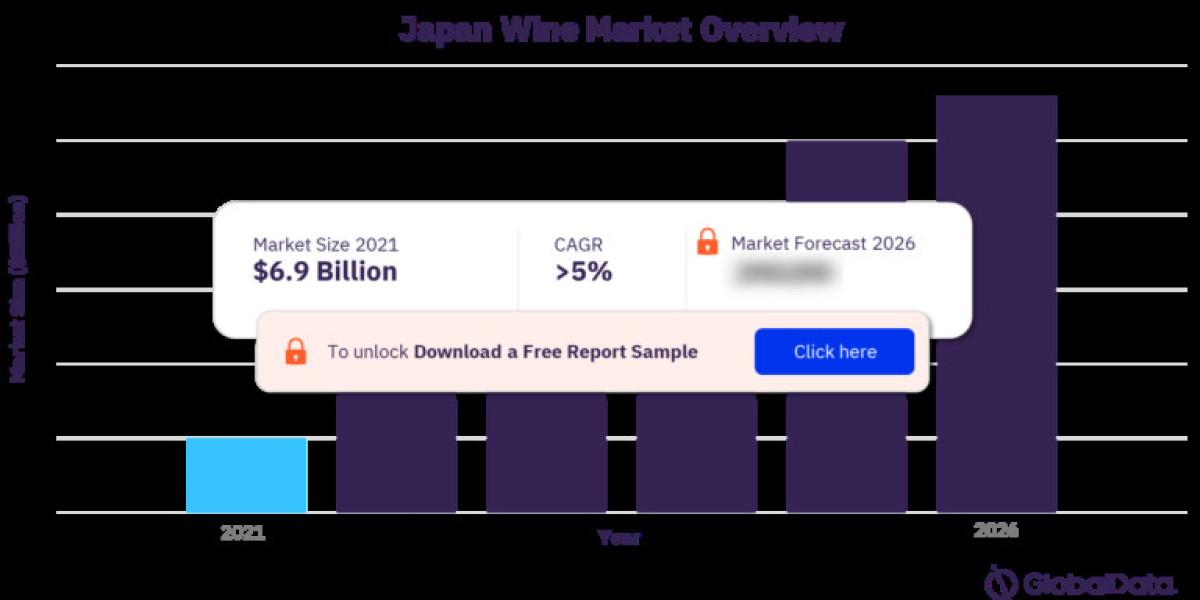A Thirst for Imports: While domestic vineyards exist, imported wines dominate the Japanese market. In 2020, businesses sold a staggering 33 million cases of still wine, highlighting the nation's preference for international labels. This fondness for imported wines stems partly from a deep appreciation for quality and a historical connection with Western cultures.
New World Reigns Supreme: Interestingly, New World wines take the lead, accounting for nearly 40% of the market volume in 2021. This dominance is largely due to Chile's success, fueled by a free trade agreement established in 2014. Other popular New World options include wines from Australia and the United States.
Europe Makes a Comeback: The EU-Japan Economic Partnership Agreement of 2019 has seen a resurgence of interest in Old World wines. France, Italy, and Spain are regaining ground, with their established reputations for quality resonating with Japanese consumers.
Beyond the Label: Demographics and Trends
Understanding Japanese wine consumption goes beyond just varietals and regions. The over-40 demographic remains the primary consumer base, with their higher disposable income allowing them to explore the world of wines. Interestingly, though "premium" wines exist, the market is largely driven by those priced at 2,000 yen (around $15 USD) or less, indicating a preference for everyday enjoyment over special occasion splurges.
Emerging Trends to Watch:
The Japanese wine market is anything but static. Here are some exciting trends to keep an eye on:
- Sparkling Wine's Rise: Bubbly beverages are gaining traction, particularly among younger demographics. This presents an opportunity for producers of Prosecco, Cava, and other sparkling wines.
- E-commerce Boom: Online wine sales are on the rise, offering convenience and wider selection to consumers. This trend is expected to continue as e-commerce platforms become more sophisticated.
- Sustainability in Focus: Environmental consciousness is a growing concern in Japan. Wineries that embrace sustainable practices and eco-friendly packaging are likely to find favor with consumers.
Challenges and Considerations:
Despite its positive outlook, the Japanese wine market presents challenges for producers hoping to enter this space.
- A Discerning Palate: Japanese consumers are known for their refined tastes. Wineries need to offer high-quality products that cater to this preference.
- Distribution Networks: The Japanese market is complex, with established distribution channels. New entrants may find it difficult to secure shelf space, particularly in traditional stores.
- Cultural Nuances: Understanding Japanese drinking culture and preferences is crucial for success. For instance, smaller bottle formats cater well to individual consumption at home, a popular scenario in Japan.
For more insights on this report, download a free report sample



